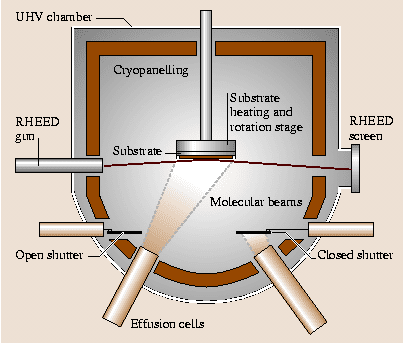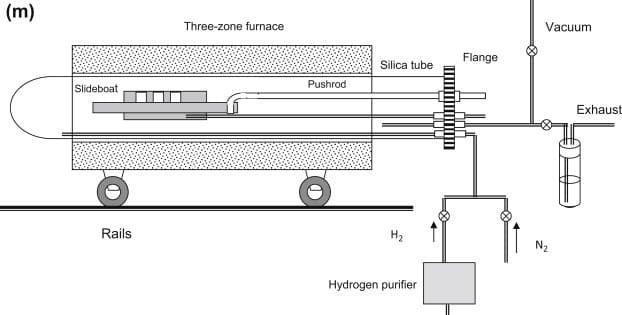
- English
- Español
- Português
- русский
- Français
- 日本語
- Deutsch
- tiếng Việt
- Italiano
- Nederlands
- ภาษาไทย
- Polski
- 한국어
- Svenska
- magyar
- Malay
- বাংলা ভাষার
- Dansk
- Suomi
- हिन्दी
- Pilipino
- Türkçe
- Gaeilge
- العربية
- Indonesia
- Norsk
- تمل
- český
- ελληνικά
- український
- Javanese
- فارسی
- தமிழ்
- తెలుగు
- नेपाली
- Burmese
- български
- ລາວ
- Latine
- Қазақша
- Euskal
- Azərbaycan
- Slovenský jazyk
- Македонски
- Lietuvos
- Eesti Keel
- Română
- Slovenski
- मराठी
- Srpski језик
What is an EPI Epitaxial Furnace? - VeTek Semiconductor
2024-11-14

An Epitaxial Furnace is a device used to produce semiconductor materials. Its working principle is to deposit semiconductor materials on a substrate under high temperature and high pressure.
Silicon epitaxial growth is to grow a layer of crystal with good lattice structure integrity on a silicon single crystal substrate with a certain crystal orientation and a resistivity of the same crystal orientation as the substrate and different thickness.
Characteristics of epitaxial growth:
● Epitaxial growth of high (low) resistance epitaxial layer on low (high) resistance substrate
● Epitaxial growth of N (P) type epitaxial layer on P (N) type substrate
● Combined with mask technology, epitaxial growth is performed in a specified area
● The type and concentration of doping can be changed as needed during epitaxial growth
● Growth of heterogeneous, multi-layer, multi-component compounds with variable components and ultra-thin layers
● Achieve atomic-level size thickness control
● Grow materials that cannot be pulled into single crystals
Semiconductor discrete components and integrated circuit manufacturing processes require epitaxial growth technology. Because semiconductors contain N-type and P-type impurities, through different types of combinations, semiconductor devices and integrated circuits have various functions, which can be easily achieved by using epitaxial growth technology.
Silicon epitaxial growth methods can be divided into vapor phase epitaxy, liquid phase epitaxy, and solid phase epitaxy. At present, the chemical vapor deposition growth method is widely used internationally to meet the requirements of crystal integrity, device structure diversification, simple and controllable device, batch production, purity assurance, and uniformity.
Vapor Phase Epitaxy
Vapor phase epitaxy re-grows a single crystal layer on a single crystal silicon wafer, maintaining the original lattice inheritance. The vapor phase epitaxy temperature is lower, mainly to ensure the interface quality. Vapor phase epitaxy does not require doping. In terms of quality, vapor phase epitaxy is good, but slow.
The equipment used for chemical vapor phase epitaxy is usually called an epitaxial growth reactor. It is generally composed of four parts: a vapor phase control system, an electronic control system, a reactor body, and an exhaust system.
According to the structure of the reaction chamber, there are two types of silicon epitaxial growth systems: horizontal and vertical. The horizontal type is rarely used, and the vertical type is divided into flat plate and barrel types. In a vertical epitaxial furnace, the base rotates continuously during epitaxial growth, so the uniformity is good and the production volume is large.
The reactor body is a high-purity graphite base with a polygonal cone barrel type that has been specially treated suspended in a high-purity quartz bell. Silicon wafers are placed on the base and heated quickly and evenly using infrared lamps. The central axis can rotate to form a strictly double-sealed heat-resistant and explosion-proof structure.
The working principle of the equipment is as follows:
● The reaction gas enters the reaction chamber from the gas inlet at the top of the bell jar, sprays out from six quartz nozzles arranged in a circle, is blocked by the quartz baffle, and moves downward between the base and the bell jar, reacts at high temperature and deposits and grows on the surface of the silicon wafer, and the reaction tail gas is discharged at the bottom.
● Temperature distribution 2061 Heating principle: A high-frequency and high-current passes through the induction coil to create a vortex magnetic field. The base is a conductor, which is in a vortex magnetic field, generating an induced current, and the current heats the base.
Vapor phase epitaxial growth provides a specific process environment to achieve the growth of a thin layer of crystals corresponding to the single crystal phase on a single crystal, making basic preparations for the functionalization of the single crystal sinking. As a special process, the crystal structure of the grown thin layer is a continuation of the single crystal substrate, and maintains a corresponding relationship with the crystal orientation of the substrate.
In the development of semiconductor science and technology, vapor phase epitaxy has played an important role. This technology has been widely used in the industrial production of Si semiconductor devices and integrated circuits.

Gas phase epitaxial growth method
Gases used in epitaxial equipment:
● The commonly used silicon sources are SiH4, SiH2Cl2, SiHCl3 and SiCL4. Among them, SiH2Cl2 is a gas at room temperature, easy to use and has a low reaction temperature. It is a silicon source that has been gradually expanded in recent years. SiH4 is also a gas. The characteristics of silane epitaxy are low reaction temperature, no corrosive gas, and can obtain an epitaxial layer with steep impurity distribution.
● SiHCl3 and SiCl4 are liquids at room temperature. The epitaxial growth temperature is high, but the growth rate is fast, easy to purify, and safe to use, so they are more common silicon sources. SiCl4 was mostly used in the early days, and the use of SiHCl3 and SiH2Cl2 has gradually increased recently.
● Since the △H of the hydrogen reduction reaction of silicon sources such as SiCl4 and the thermal decomposition reaction of SiH4 is positive, that is, increasing the temperature is conducive to the deposition of silicon, the reactor needs to be heated. The heating methods mainly include high-frequency induction heating and infrared radiation heating. Usually, a pedestal made of high-purity graphite for placing silicon substrate is placed in a quartz or stainless steel reaction chamber. In order to ensure the quality of the silicon epitaxial layer, the surface of the graphite pedestal is coated with SiC or deposited with polycrystalline silicon film.
Related manufacturers:
● International: CVD Equipment Company of the United States, GT Company of the United States, Soitec Company of France, AS Company of France, Proto Flex Company of the United States, Kurt J. Lesker Company of the United States, Applied Materials Company of the United States.
● China: The 48th Institute of China Electronics Technology Group, Qingdao Sairuida, Hefei Kejing Materials Technology Co., Ltd., VeTek Semiconductor Technology Co., LTD, Beijing Jinsheng Micronano, Jinan Liguan Electronic Technology Co., Ltd.
Liquid Phase Epitaxy
Main Application:
The liquid phase epitaxy system is mainly used for the liquid phase epitaxial growth of epitaxial films in the manufacturing process of compound semiconductor devices, and is a key process equipment in the development and production of optoelectronic devices.

Technical Features:
● High degree of automation. Except for loading and unloading, the entire process is automatically completed by industrial computer control.
● Process operations can be completed by manipulators.
● The positioning accuracy of manipulator motion is less than 0.1mm.
● The furnace temperature is stable and repeatable. The accuracy of the constant temperature zone is better than ±0.5℃. The cooling rate can be adjusted within the range of 0.1~6℃/min. The constant temperature zone has good flatness and good slope linearity during the cooling process.
● Perfect cooling function.
● Comprehensive and reliable protection function.
● High equipment reliability and good process repeatability.
Vetek Semiconductor is a professional epitaxial equipment manufacturer and supplier in China. Our main epitaxial products include CVD SiC Coated Barrel Susceptor, SiC Coated Barrel Susceptor, SiC Coated Graphite Barrel Susceptor for EPI, CVD SiC Coating Wafer Epi Susceptor, Graphite Rotating Susceptor, etc. VeTek Semiconductor has long been committed to providing advanced technology and product solutions for semiconductor epitaxial processing, and supports customized product services. We sincerely look forward to becoming your long-term partner in China.
If you have any inquiries or need additional details, please don't hesitate to get in touch with us.
Mob/WhatsAPP: +86-180 6922 0752
Email: anny@veteksemi.com



